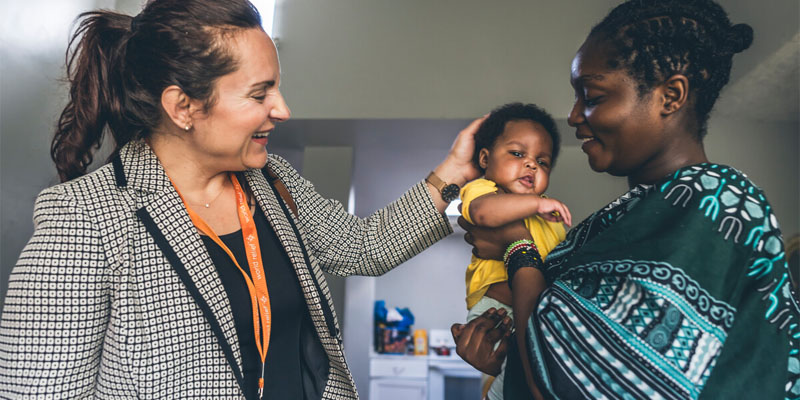For refugees seeking to rebuild their lives, their journey to the United States can be long and fraught with challenges. While the average time it takes for a refugee to be vetted and screened to come to the U.S. is about two years, many people leave their homes long before. UNHCR reports that some refugees who flee crises in their home country end up living in refugee camps for years or even decades. However, the vast majority of refugees live in cities, where they may live in limbo for 10 to 26 years, often with limited job and educational opportunities. Nobody wants to become a refugee. And most hope and pray to return to their home country someday.
When that’s not possible, it’s important that countries like the United States welcome refugees and provide a way for them to rebuild their lives permanently. But while their arrival in the U.S. is a cause of celebration, refugees have not yet reached the end of their journey. Coming to the U.S. sets refugees down a new road full of obstacles and barriers they must overcome in order to thrive in their new country.
World Relief’s job is to help the community be a place of welcome for refugees so that they can overcome these challenges and truly celebrate belonging and making a new home. Learn more about how you can walk this path with new arrivals by going on the journey of a refugee family below.
First Day of a Refugee Journey in the U.S.
Behind the Scenes

Even before a refugee family arrives, World Relief staff and volunteers from a local church or community group begin preparation for their arrival. Together, they move furniture and essentials into an apartment so that the family has what they need to feel comfortable and at home. By the time a refugee family arrives, they will have a home equipped with beds, a kitchen table, chairs, a couch, other furniture, and kitchen utensils. Volunteers like you also stock the pantry with familiar foods, coffee or tea, and cooking essentials. This helps provide a safe and welcoming place for a family to rest after their travels.
Arrival
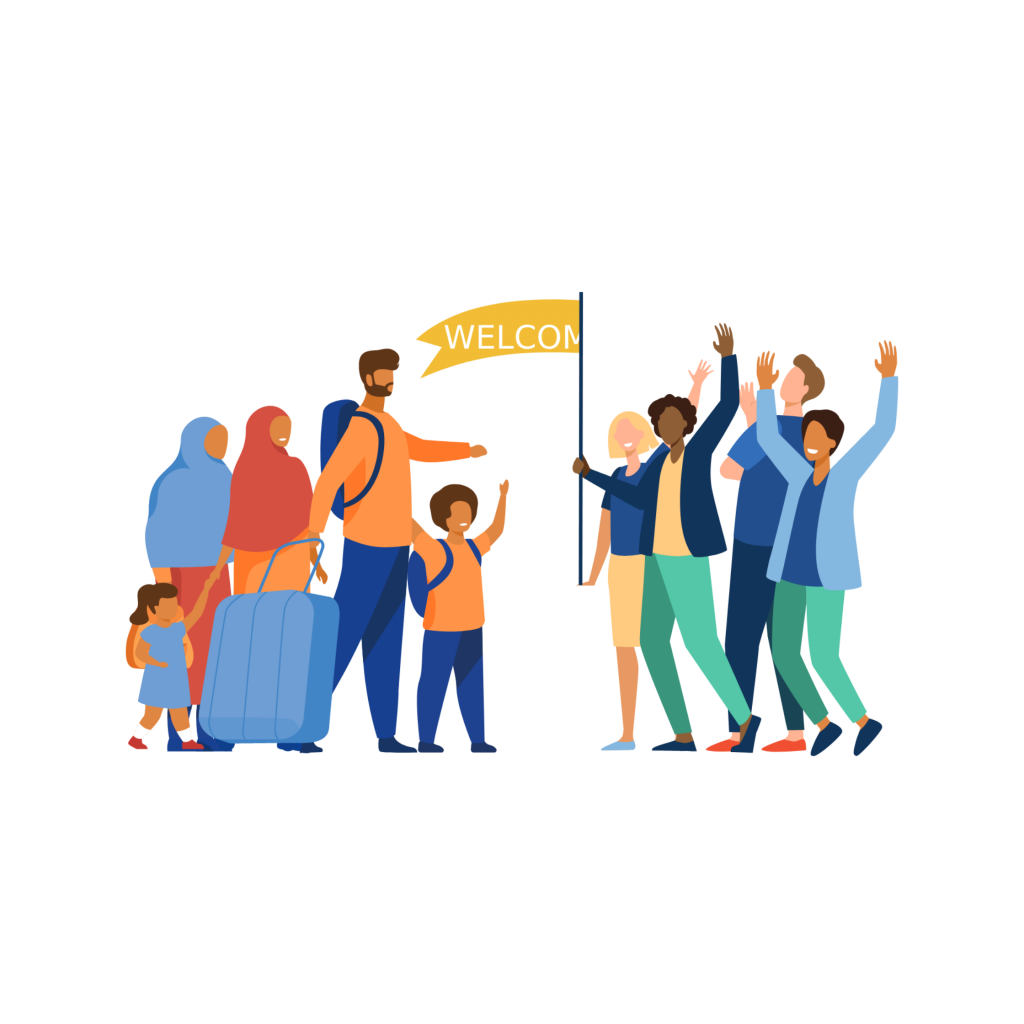
When a family or individual arrives to the United States, they often bring with them hopes and big dreams for the future. They are still mourning the lives and loved ones they left behind, but they also have expectations and goals for life in the U.S. From the time their plane lands at the airport, World Relief staff and people like you are there to welcome them and drive them to their new home.
First Week
Orientation to the U.S.
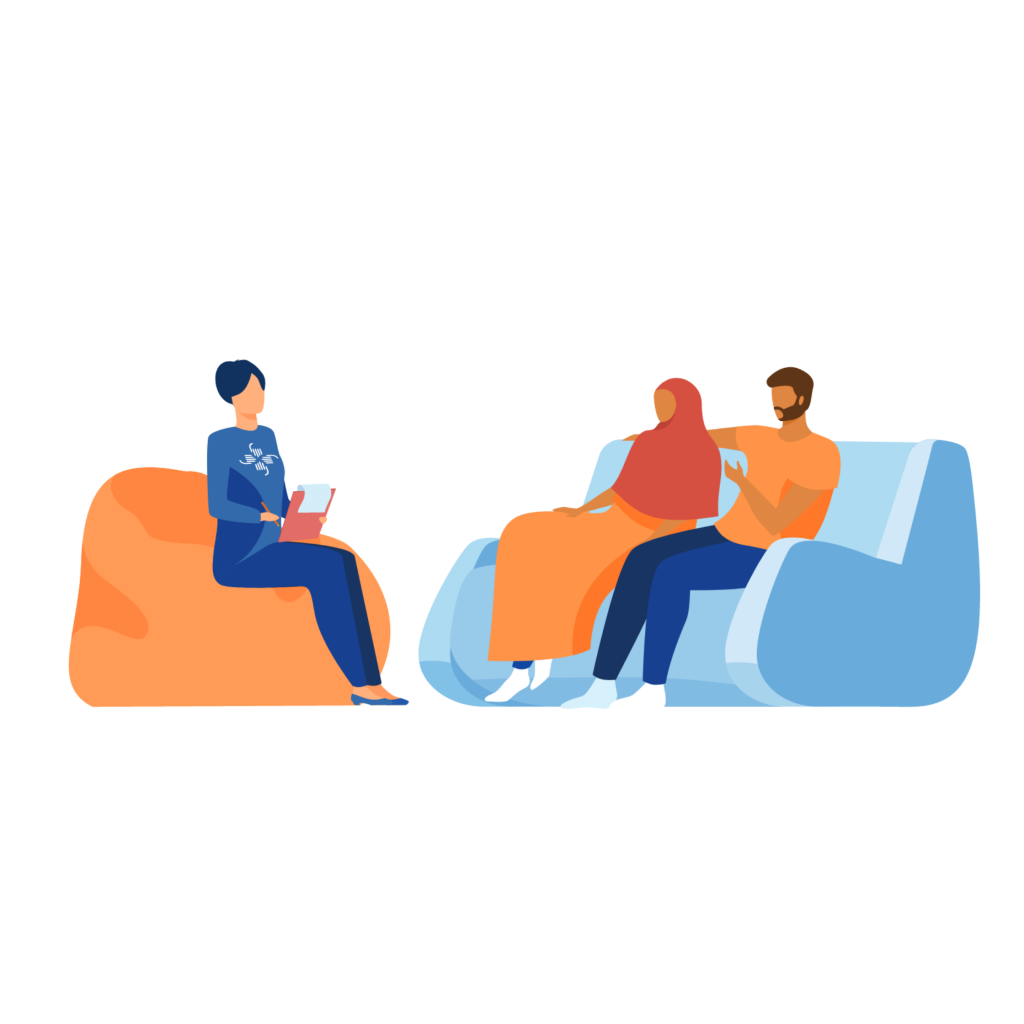
After a few days, the family sits down with World Relief staff and a Good Neighbor Team, a group of committed volunteers from the community who commit to supporting the family for the next six months. Together, they create an action plan to guide the family for the upcoming weeks as they settle in. The family and volunteers share with the family about the community and things they need to know.
First Month
Adjusting to the New Community
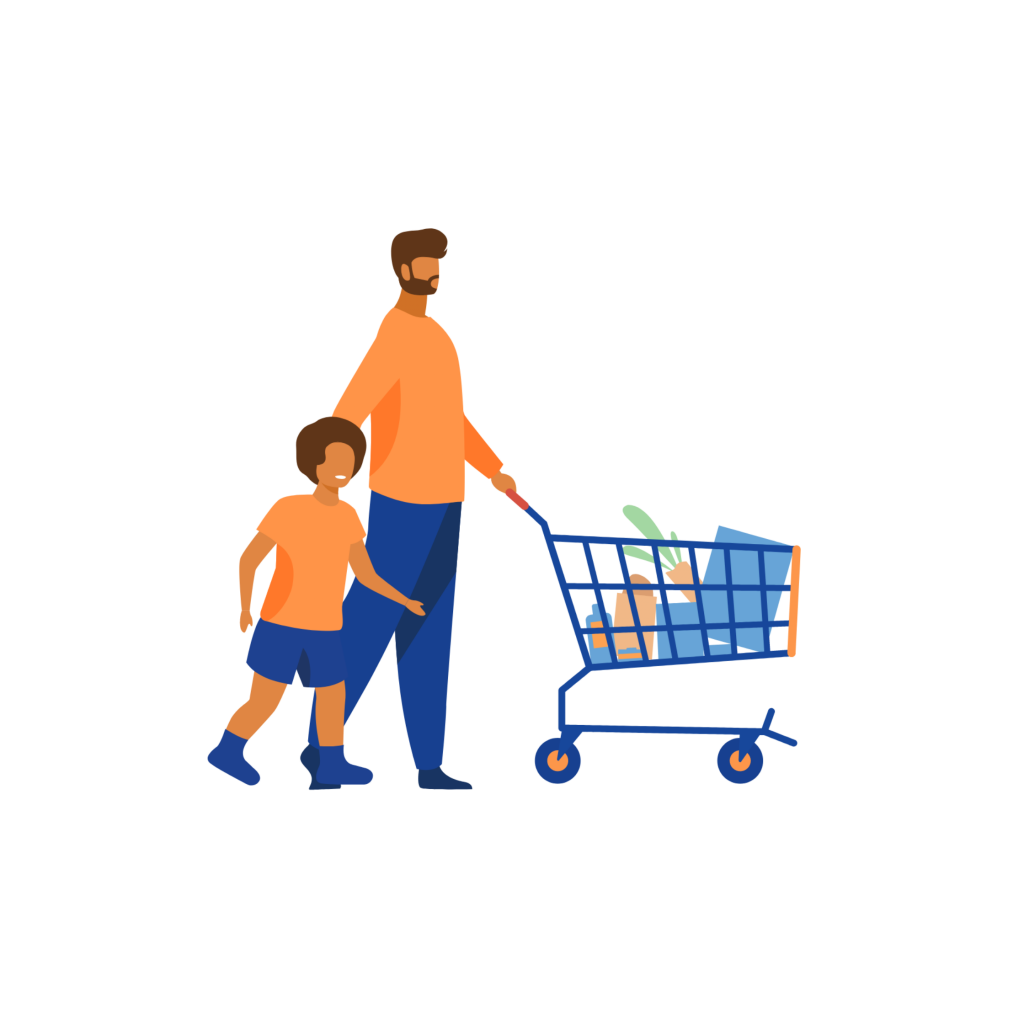
For the next few weeks, the family stays busy. There are errands to run. Doctors appointments to go to. Lots of paperwork. And there are many little tasks to do…everything from applying for social security cards to enrolling children in school.
First Three Months
Support for Children and Youth
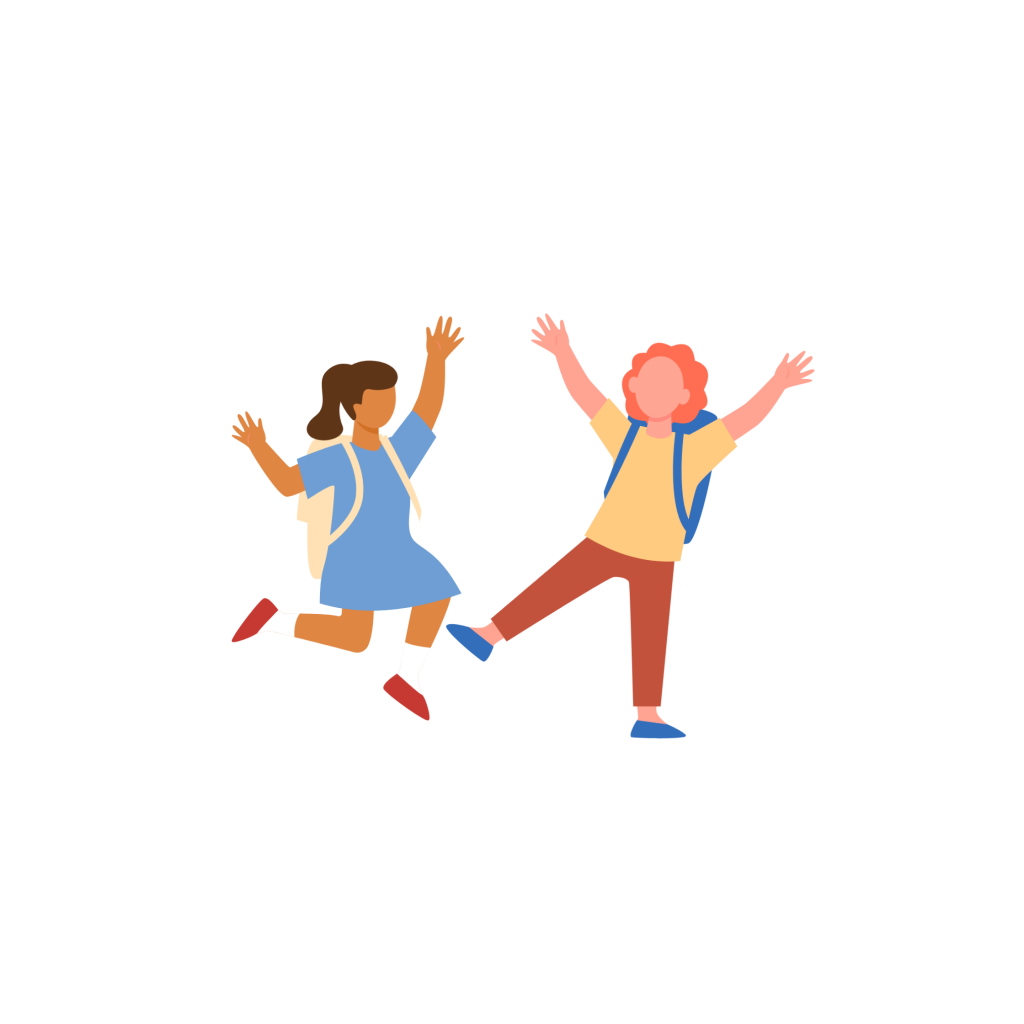
As the family adjusts, the kids get to participate in World Relief’s after-school clubs. There, they get homework help, play games, and meet other children. Social-emotional learning (SEL) activities help the children and youth process their emotions and build self-confidence. They learn and play alongside other children and practice important life skills like relationship-building and conflict resolution. And they get academic support from people like you so they can succeed in school!
Learning English
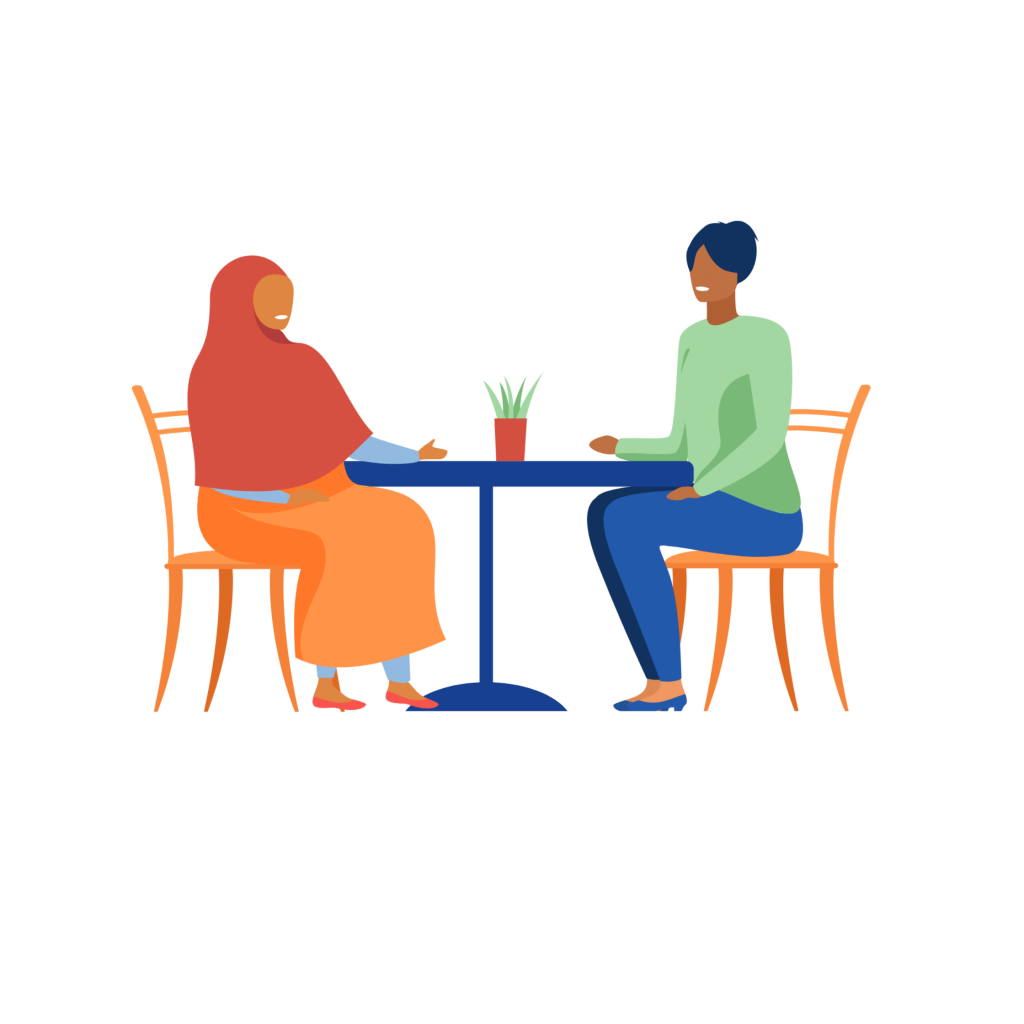
The parents join English classes. There, World Relief teachers, volunteers, and other English learners come together to practice their skills speaking. The family checks out an iPad from the technology lending library, which they use to do English homework and join classes on Zoom. Conversation cafes give language learners the chance to practice their conversational English by talking with community volunteers like you.
Starting New Jobs
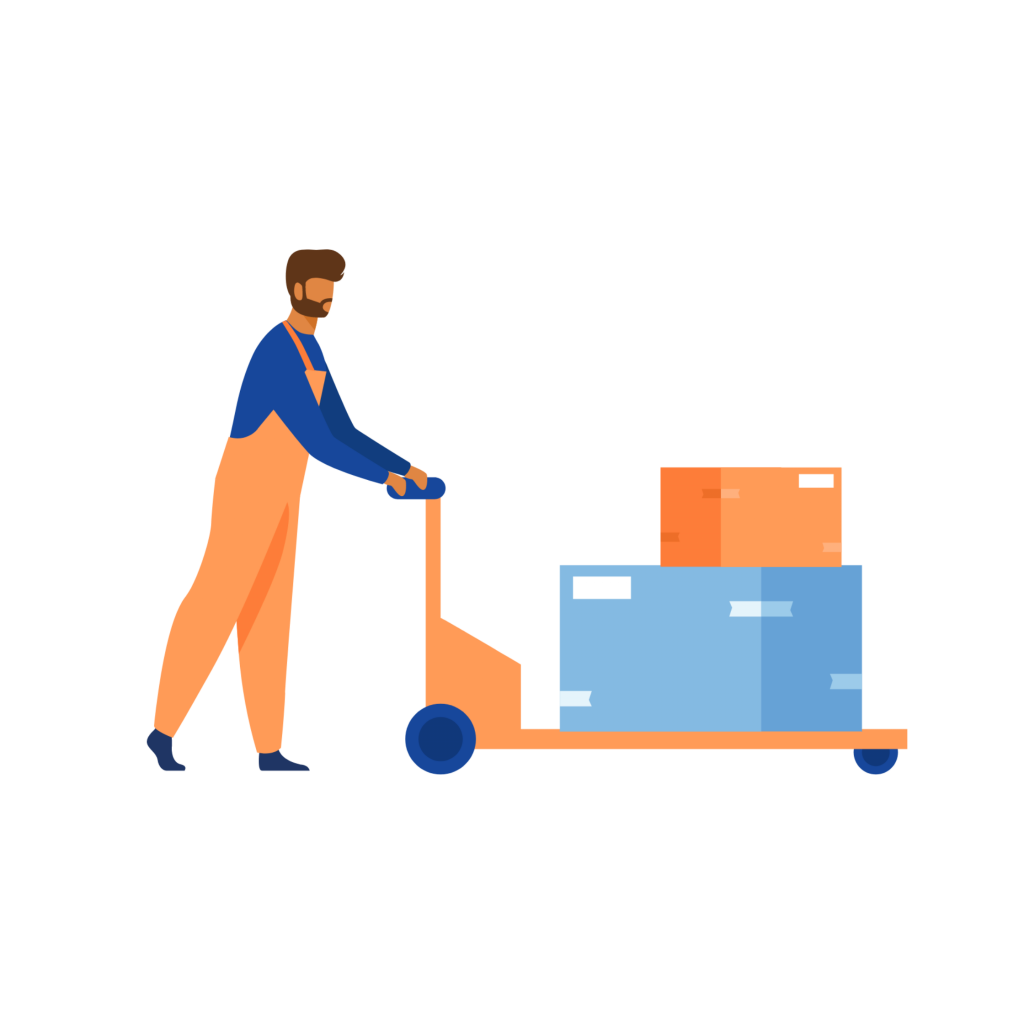
Local business partners help the parents start new jobs, and World Relief’s Employment Services team helps them prepare for their new roles and start work. Later on, the Refugee Career Pathways team will help them brainstorm their long-term career goals and develop job skills.
First Year
Immigration Processes

Eventually, the family will apply for Green Cards so they can stay in the U.S. permanently. They gain the help of a World Relief staff attorney who helps them take this important next step – gathering documentation, filing paperwork, and completing all necessary steps. With affordable, qualified legal help and interpretation, the family does not have to worry about their legal pathway to become permanent residents or citizens.
First Five Years
Community Engagement
After a few years, Mom Sarya gets involved in the community. She joins a parent committee at her daughter Jamila’s school. Along with the other parents, she gets to support her daughter’s teachers and help create a welcoming environment for all students.
Saving for Long-Term Goals
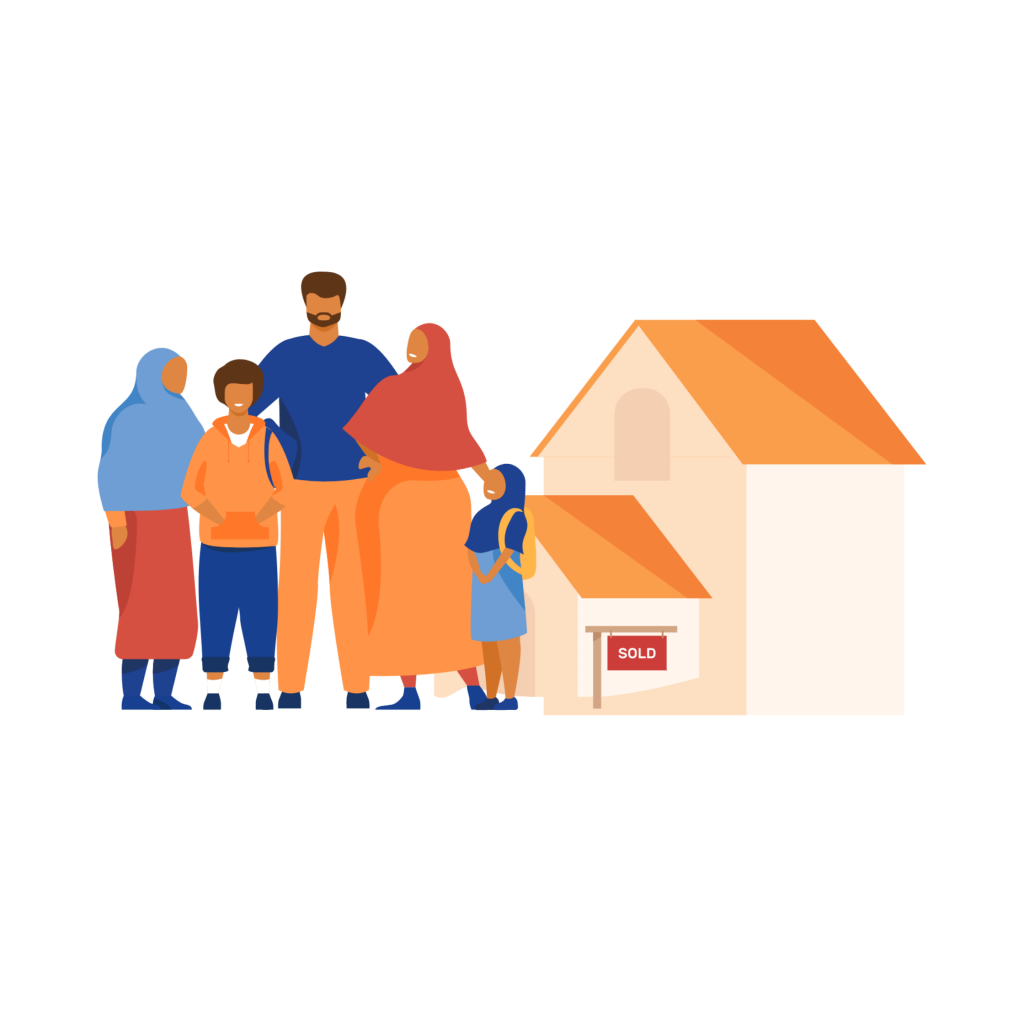
When the Ahmadi family joins the World Relief’s financial literacy program, they start learning how to manage money. They learn about debt, credit, and banking. Eventually, they join a match savings program and start saving money for a home. After a few years of diligent savings, they reach $4,000 and a partner matches their money dollar-for-dollar! They end up with a total of $8,000 – enough for a down payment on a house! Buying a home is a proud accomplishment for the family and a testament to their hard work.
Five Years and Beyond
Reaching Milestones
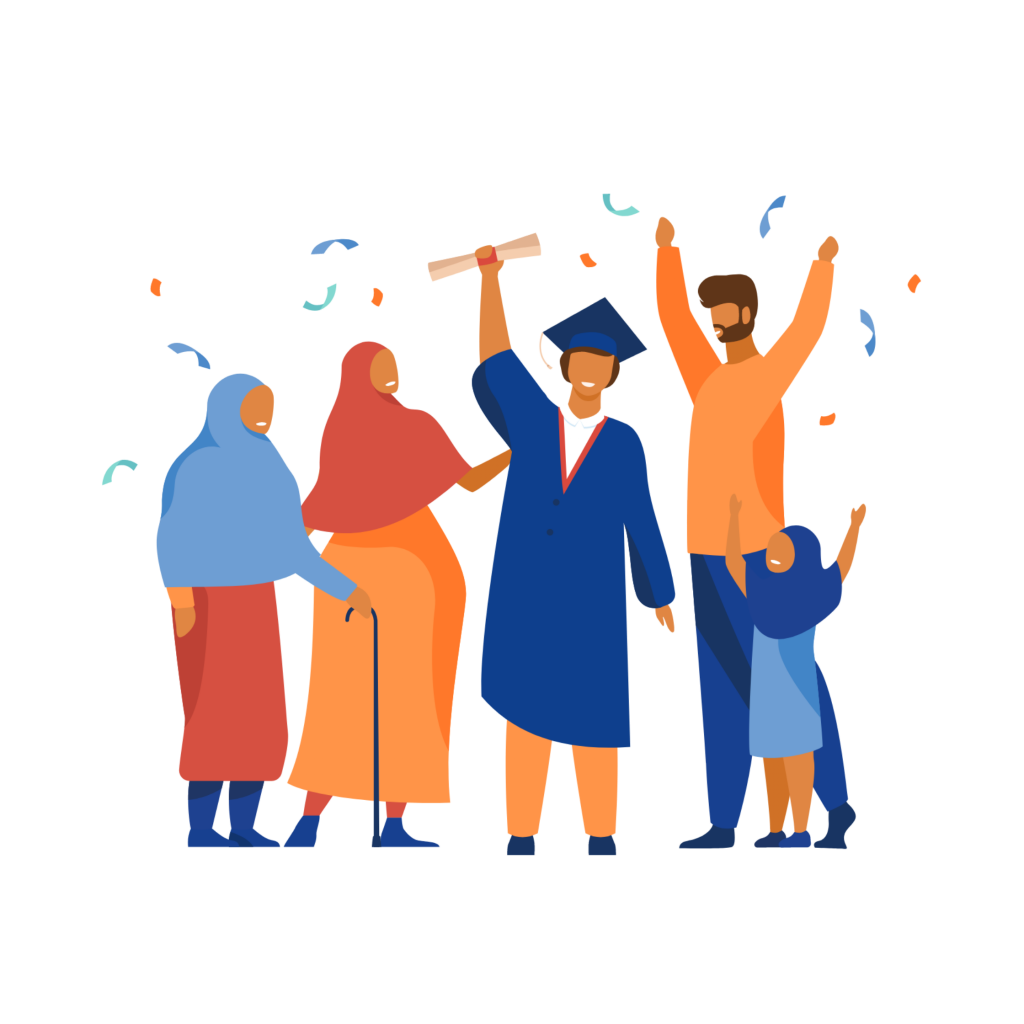
Eventually, the family becomes an integral part of their new community. As they achieve milestones in their careers, education, and personal lives, they celebrate! And we celebrate with them. For years to come, they continue progressing towards long-term goals and building relationships in the community.
Best of all, they move from being welcomed to being “welcomers” and they support other new arrivals on their refugee journey to belonging, just as people like you supported them.
Your Part in Their Journey
It is because of dedicated and compassionate people like you that families like the Ahmadis are able to rebuild their lives in a welcoming community. To find out how you can journey with families today, consider volunteering or becoming a monthly partner by joining the Path.
Read More Refugee Journey Stories
Ali’s Story: A Refugee Pharmacist Using His Career to Give Back to Others
Photo Essay: The Afghan Seamstress Sewing Beautiful Garments in Her New Community
Finally, I’m Home: Raphael’s Story of 8 Years Waiting for Resettlement


